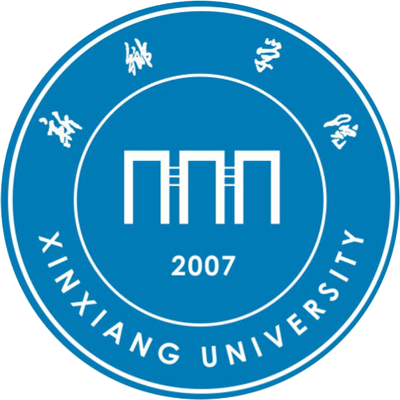详细信息
Microstructural characteristics and mechanical properties of Ti-6Al-2Nb-2Zr-0.4B alloy welded joint using tungsten inert gas welding ( SCI-EXPANDED收录 EI收录)
文献类型:期刊文献
英文题名:Microstructural characteristics and mechanical properties of Ti-6Al-2Nb-2Zr-0.4B alloy welded joint using tungsten inert gas welding
作者:Yang, Zhijun[1];Li, Jingxian[1];Hou, Shusen[1];Cao, Junhui[1];Wang, Guanglong[1];Lang, Shaoting[1];Ding, Peng[1]
第一作者:Yang, Zhijun
通讯作者:Yang, ZJ[1]
机构:[1]Xinxiang Univ, Sch Mech & Elect Engn, Xinxiang 453003, Henan, Peoples R China
第一机构:新乡学院机电工程学院
通讯机构:[1]corresponding author), Xinxiang Univ, Sch Mech & Elect Engn, Xinxiang 453003, Henan, Peoples R China.|[1107111]新乡学院机电工程学院;[11071]新乡学院;
年份:2022
卷号:21
起止页码:3129-3139
外文期刊名:JOURNAL OF MATERIALS RESEARCH AND TECHNOLOGY-JMR&T
收录:;EI(收录号:20225313320483);Scopus(收录号:2-s2.0-85144816897);WOS:【SCI-EXPANDED(收录号:WOS:000901804300004)】;
基金:This work was supported by the key specialized research and development breakthrough in Henan province, China [222102230003 and 212102210434]; the Key Scientific Research Projects of Colleges and Universities in Henan Province, China [22B430026]; and the National Natural Science Foundation of China, China [51801171].
语种:英文
外文关键词:Titanium alloys; Tungsten inert gas welding; Welded joint; Microstructure; Mechanical properties
摘要:Ti-6Al-2Nb-2Zr-0.4B alloy plates were welded using tungsten inert gas welding with a new matching welding wire, and the chemical composition, microstructure, and mechanical properties of the defect-free welded joint were investigated. Furthermore, the influence mechanism of the TiB phase on the mechanical properties of the welded joint was analyzed. The results indicated that the B content in the weld metal is only 0.0145% with trace TiB phase. A large amount of TiB phases precipitate in the fusion zone and aggregate at the grain boundary. The TiB phases in the heat-affected zone are distributed diffusely. The microhardness of the weld metal (295 HV) is the lowest, followed by the heat-affected zone (331 HV), and the fusion zone (341 HV) is the highest. The ultimate tensile strength and elongation of the welded joints are 782 MPa and 12.3%, which are about 93.3% and 77.8% that of the base metal, respectively. The impact toughness of the fusion zone is 22 J, which is 53.7% that of the base metal (41 J) and lower than that of the weld metal (56 J) and heat-affected zone (36 J). (C) 2022 The Author(s). Published by Elsevier B.V.
参考文献:
![]() 正在载入数据...
正在载入数据...


